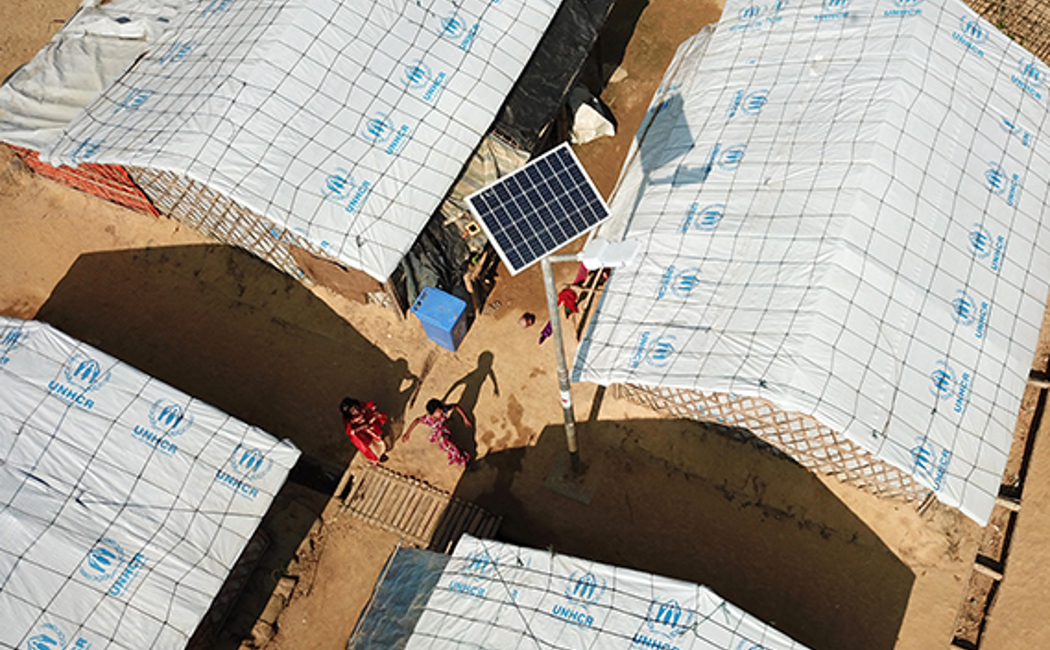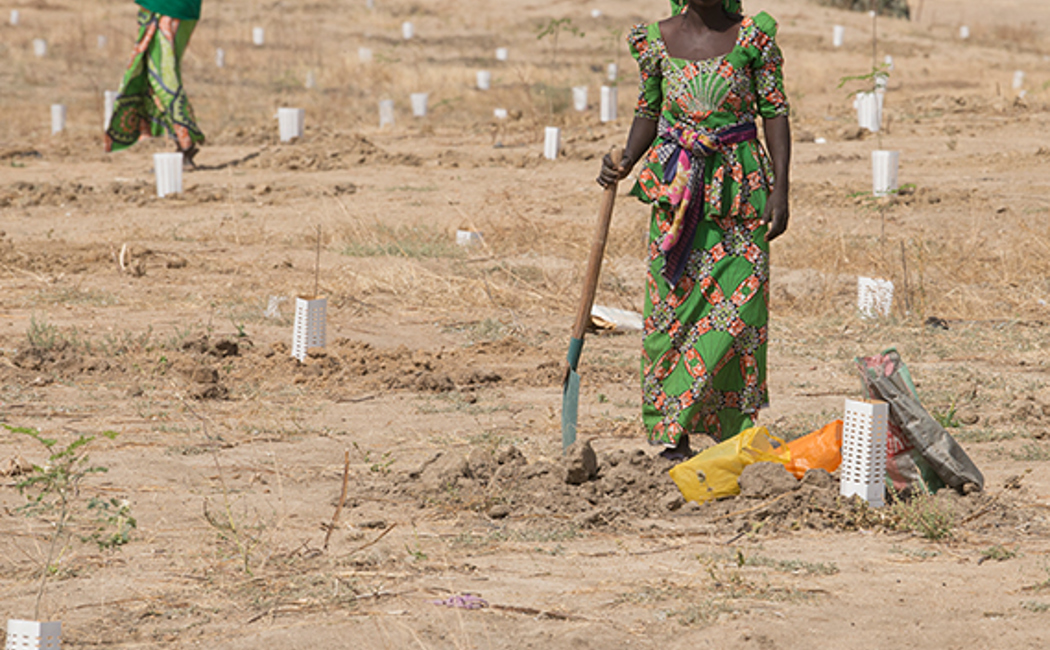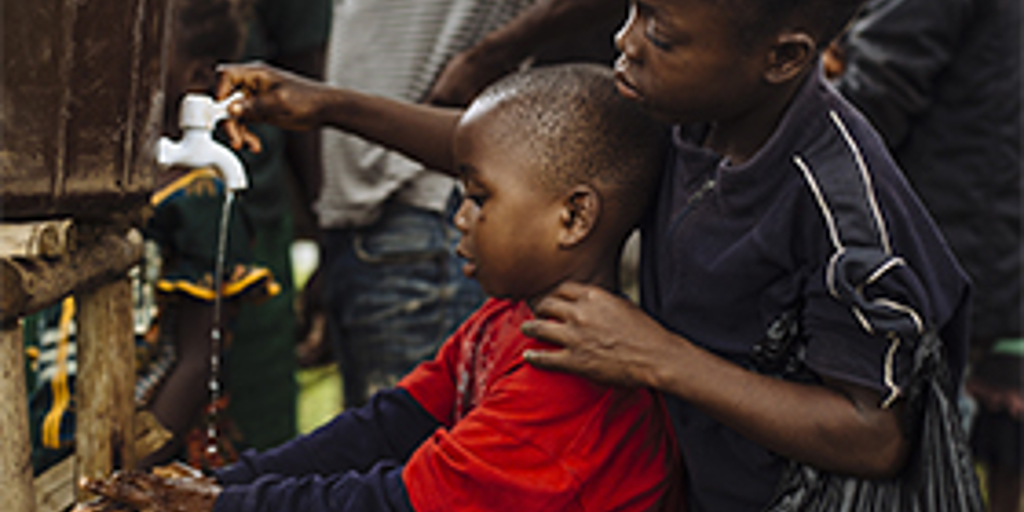Displaced on the frontlines of climate change
UNHCR recently released data visualisation ‘Displaced on the frontlines of climate change’ that shows how the climate emergency is converging with other threats to drive new displacement and increase the vulnerability of those already forced to flee.
The data visualisation explores how disasters linked to climate change may worsen poverty, food insecurity and access to natural resources in ways that can stoke instability and violence.
The impacts of our changing climate are being felt worldwide, but countries already struggling with conflict, poverty and high levels of displacement are dealing with some of the most severe effects.
“We’re seeing climate change raising tensions around the world as people fight for resources,” explained UNHCR’s Special Advisor on Climate Action, Andrew Harper.
“As a protection agency, we can no longer afford to be reactive. We can’t wait for people to cross borders. We understand that conflict is going to increase over time, and it’s important for us to be better prepared.”
From Afghanistan to Central America, droughts, flooding, and other extreme weather events are hitting those least equipped to recover and adapt.
The visualisation provides geographic examples, such as Afghanistan, where recurring droughts and floods, combined with decades of conflict and displacement, have left millions of people vulnerable to hunger this year.
Some of the worst violence and displacement in Burkina Faso has occurred in the poorest, most drought-affected areas, where armed groups have exploited tensions over access to dwindling water sources and shrinking arable land.
Mozambique is experiencing a similar confluence of conflict and multiple disasters with one cyclone after another battering the country’s central region, while increasing violence and turmoil to the north displaces hundreds of thousands of people.
In Bangladesh, more than 870,000 Rohingya refugees who fled violence in Myanmar are now exposed to increasingly frequent and intense cyclones and flooding. This reveals that many countries most exposed to the impacts of climate change already host large numbers of refugees and internally displaced people.


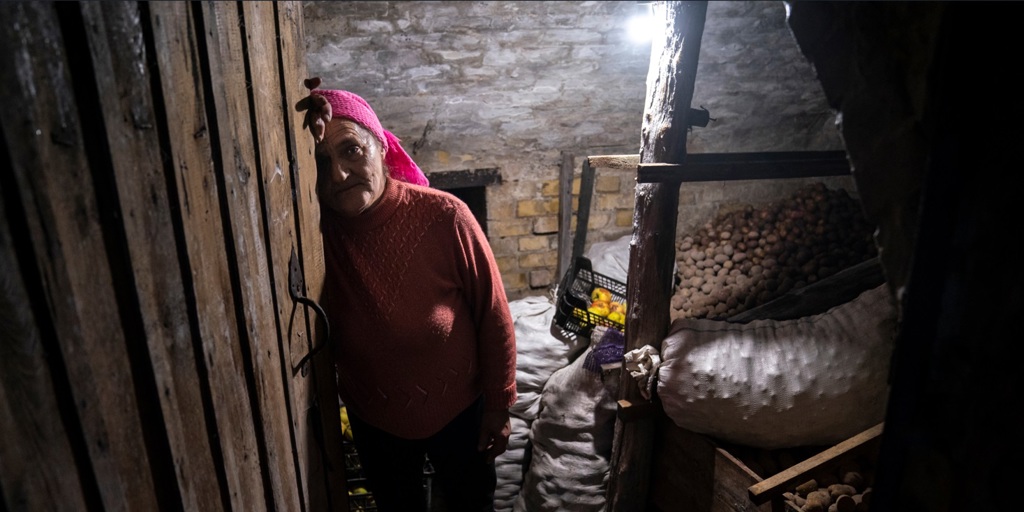
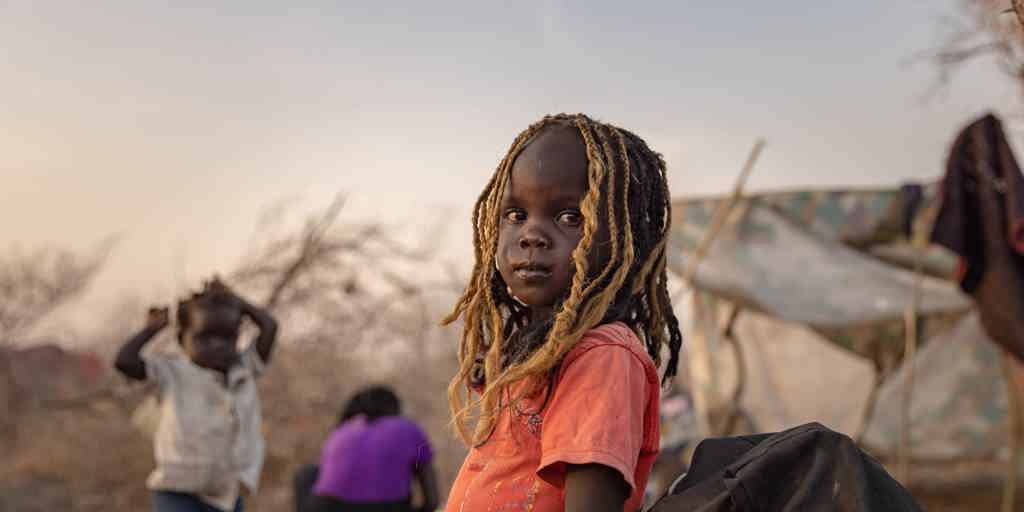
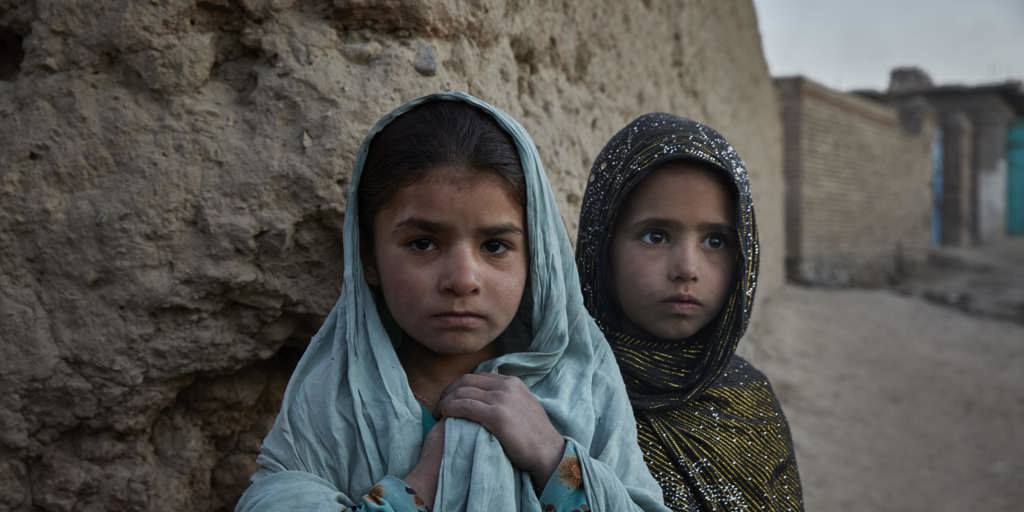

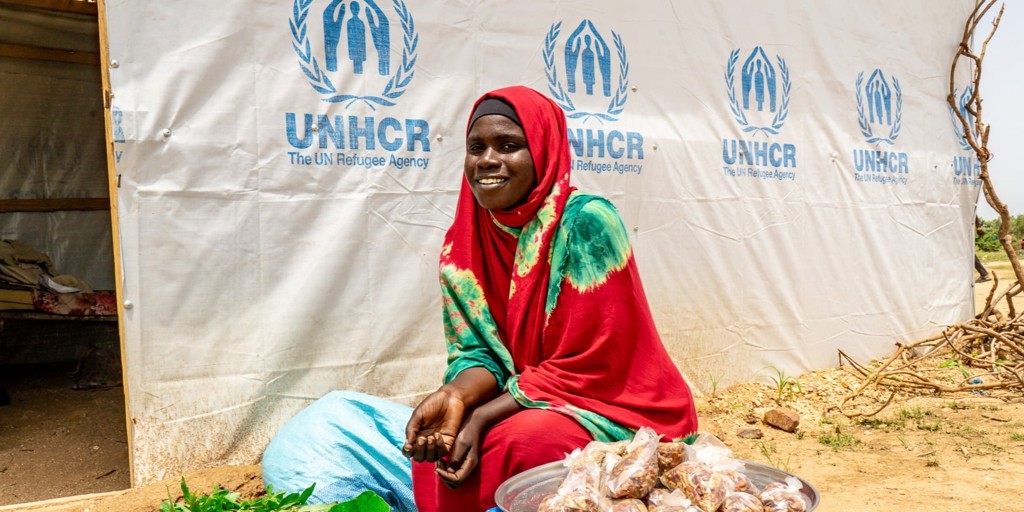
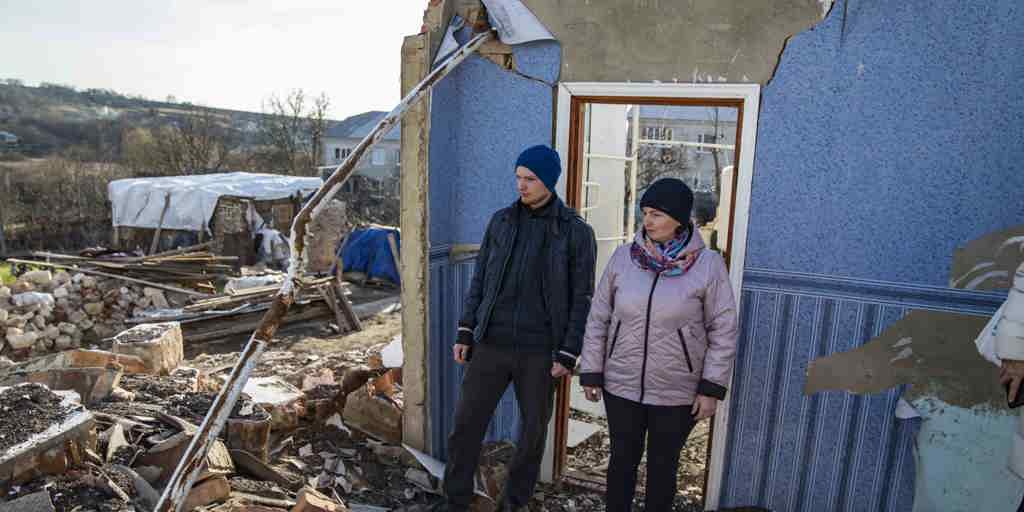
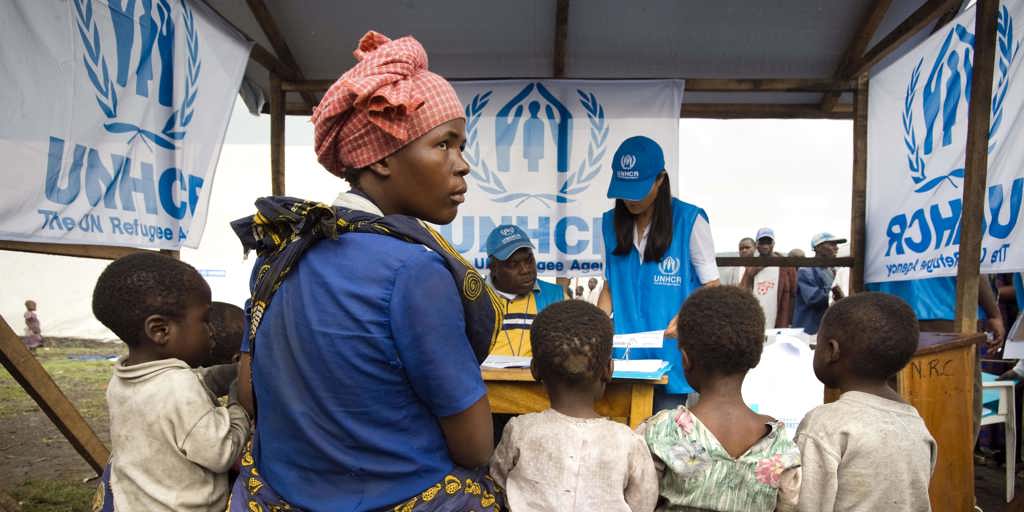



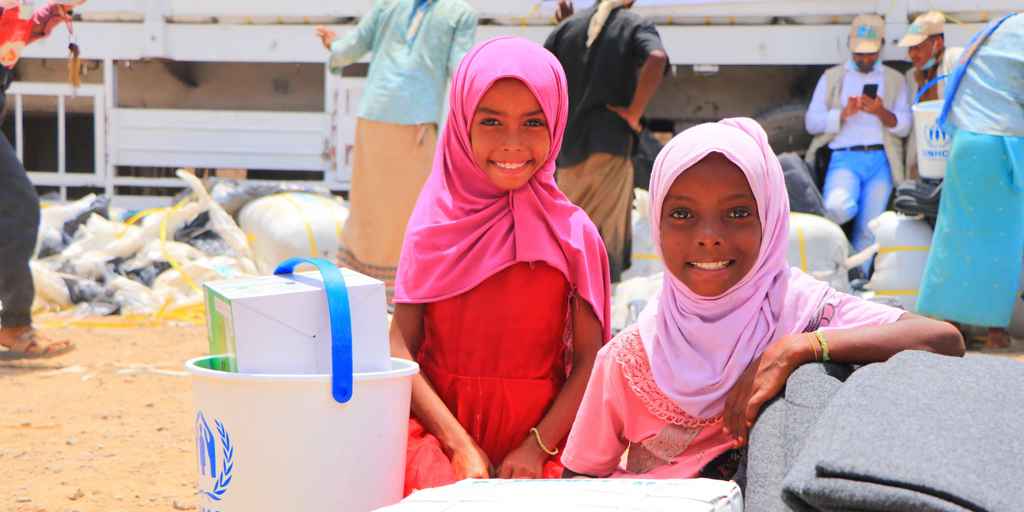
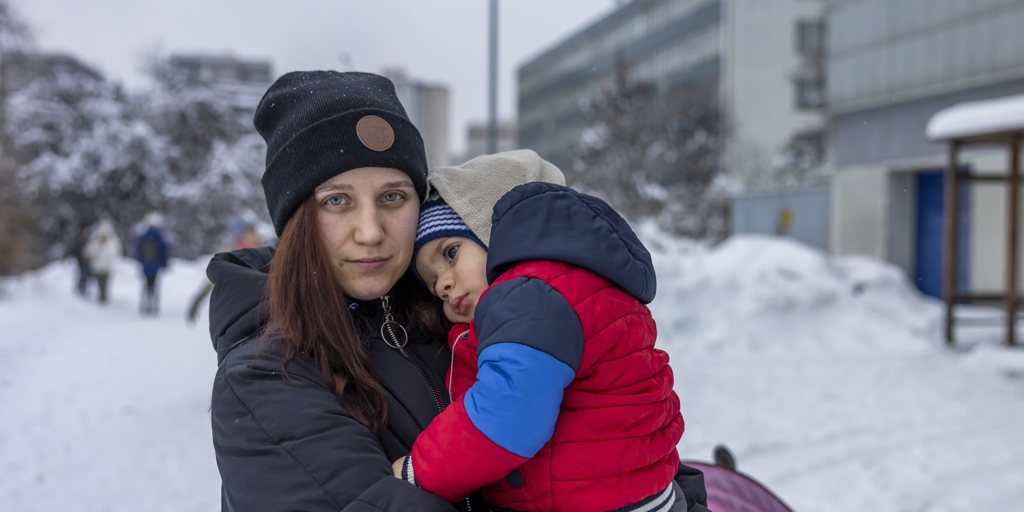
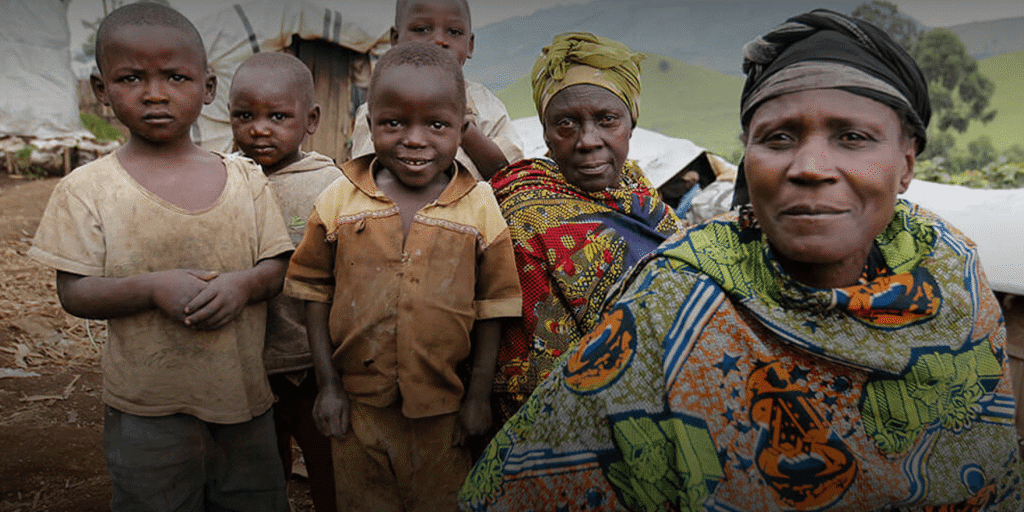
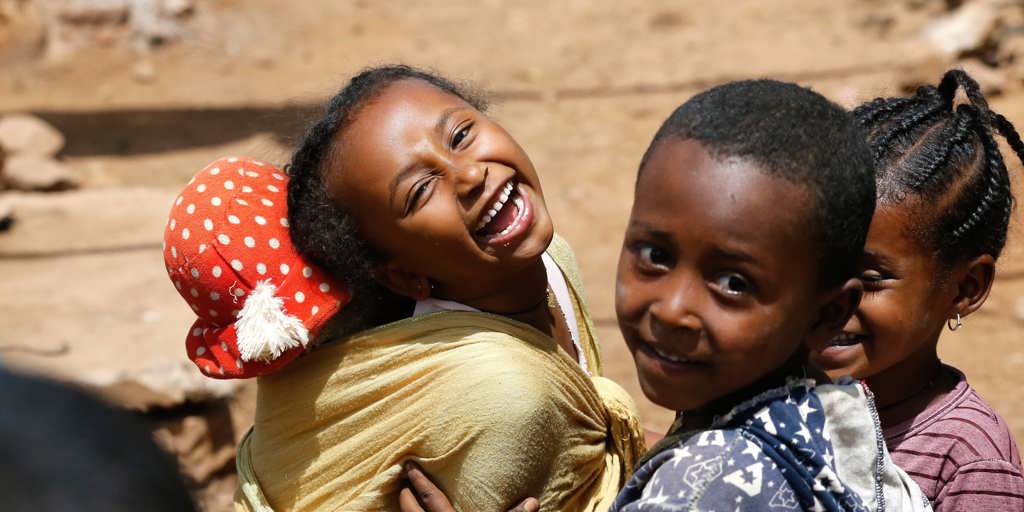
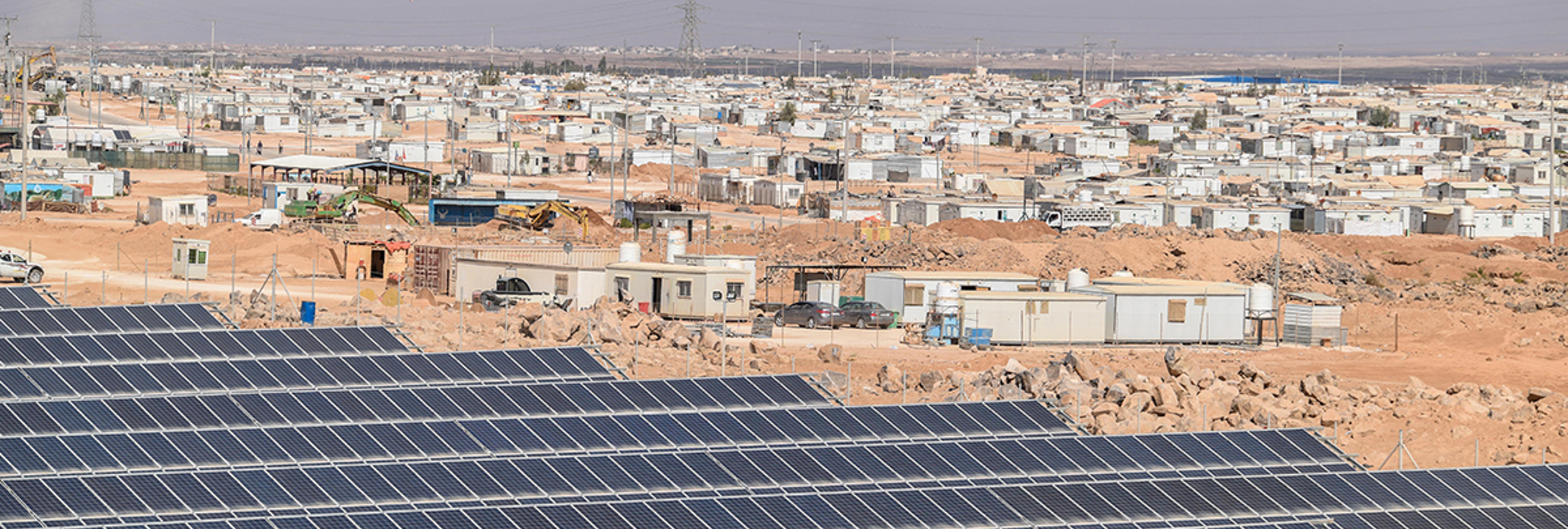
 Worldwide
Worldwide
